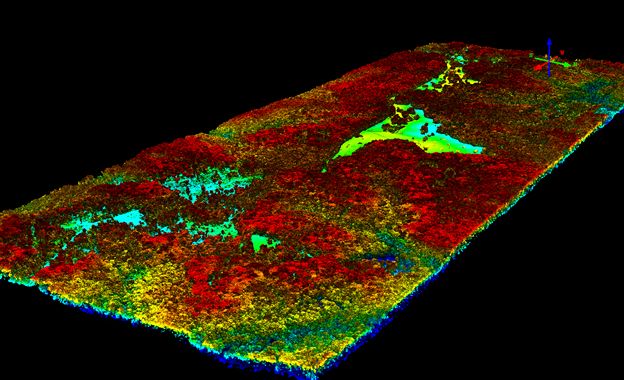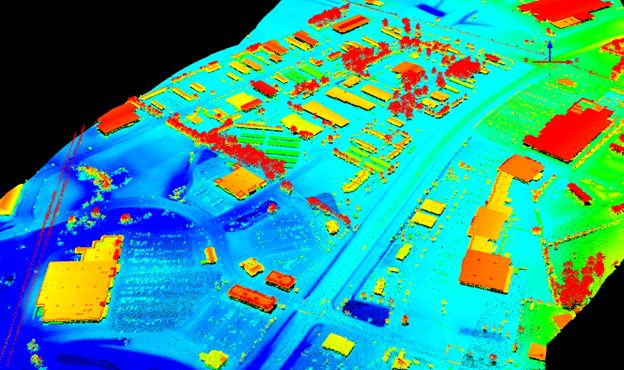Newly commercialized lidar systems can rapidly collect high-resolution images of surface terrain from much higher altitudes than previous sensors. This technological advancement could translate to dramatically lower data collection costs for the 3D Elevation Program (3DEP) if the acquired data meet program accuracy requirements. The USGS is evaluating the quality of the data collected by these new Geiger-mode and photon-counting instruments in collaboration with the private sector and multiple Federal agencies (i.e., the National Geospatial-Intelligence Agency [NGA], U.S. Fish and Wildlife Service, the National Oceanic and Atmospheric Administration [NOAA], the U.S. Army Corps of Engineers [USACE], and the U.S. Forest Service). Researchers will test the new data against approved Quality Level 2 (QL2) datasets, surveyed ground control points, and survey-grade terrestrial laser scanning (TLS) data to determine if the accuracy satisfies 3DEP standards. Researchers will also offer suggestions to the instrument developers on variables that may need to be improved, or modify 3DEP requirements if determined that they are too instrument-specific for anticipated applications.

Airborne laser radar (Ladar) Imaging Research Testbed (ALIRT) data collected over the Corbin Test Site in Virginia. Data courtesy of NGA.

Lidar data collected with the HRQLS sensor over Easton, Maryland . Data courtesy of Sigma Space.

